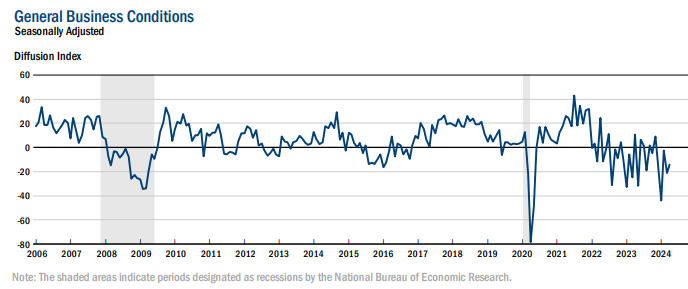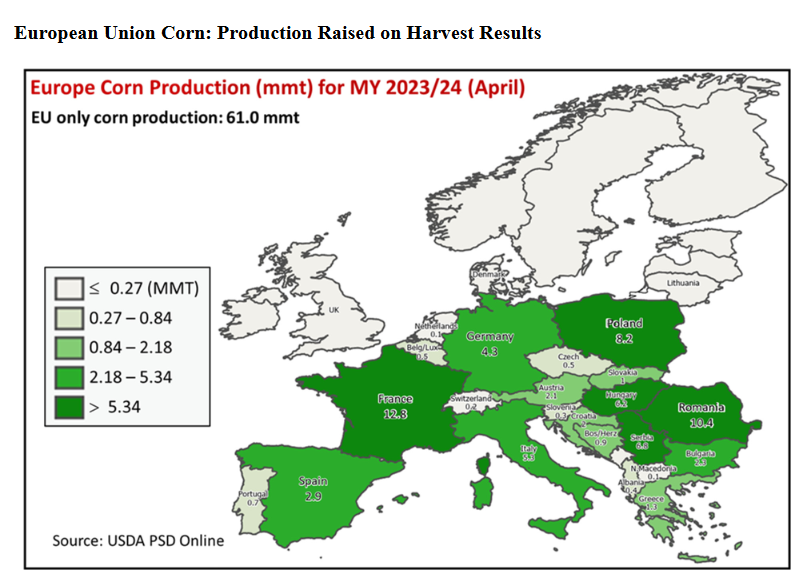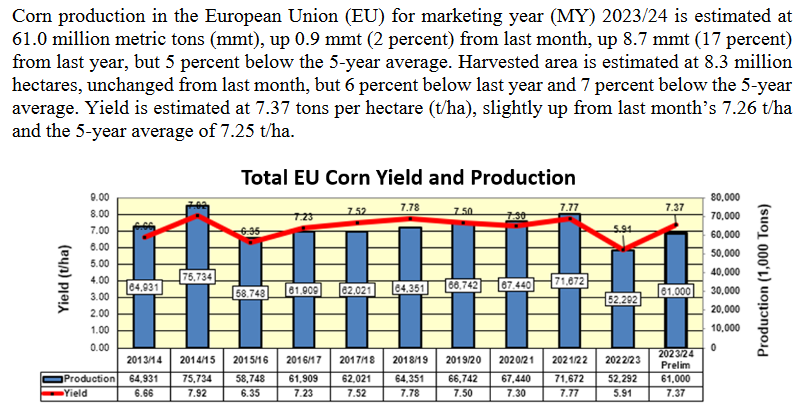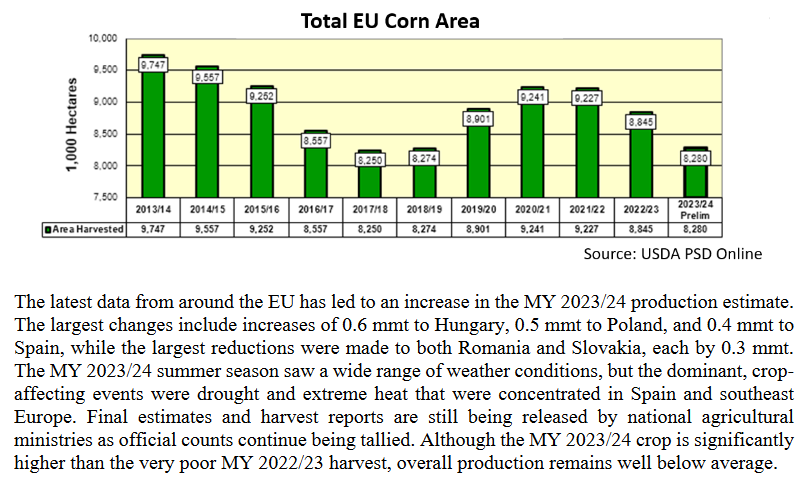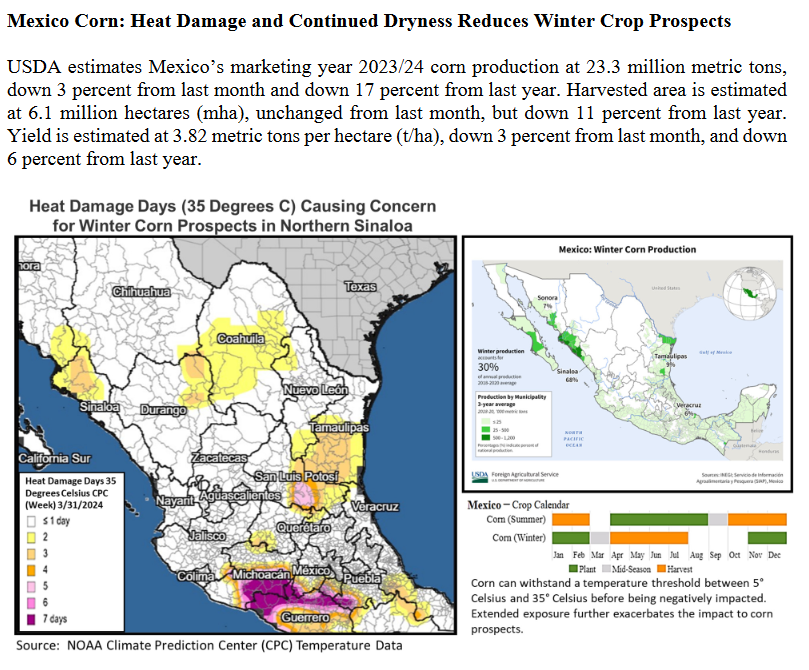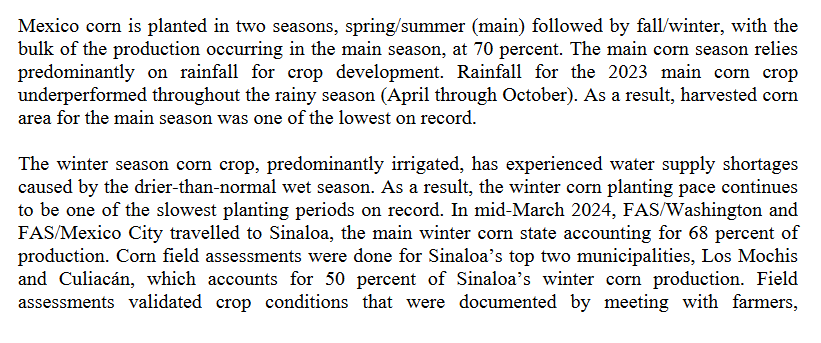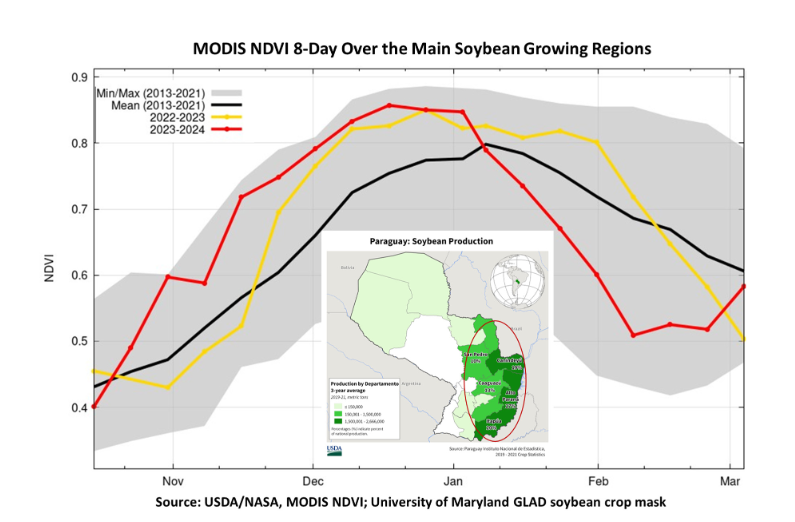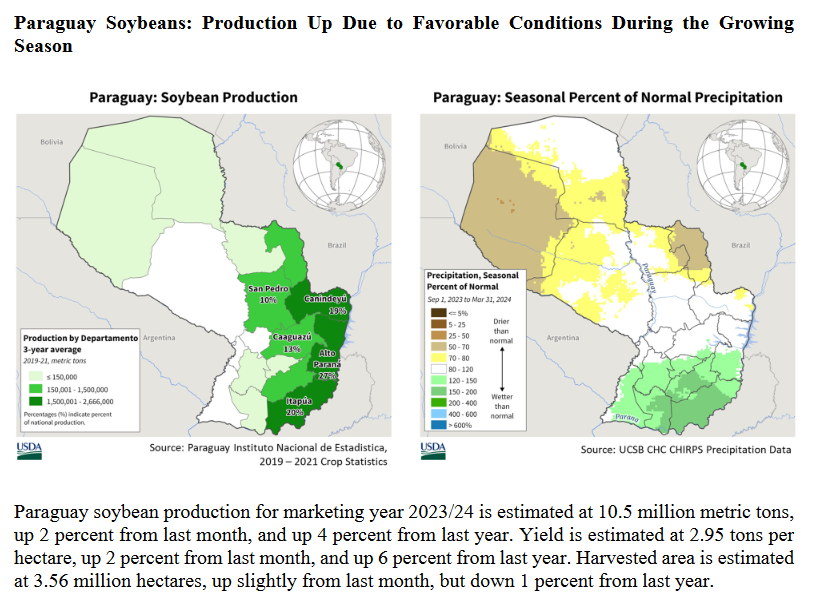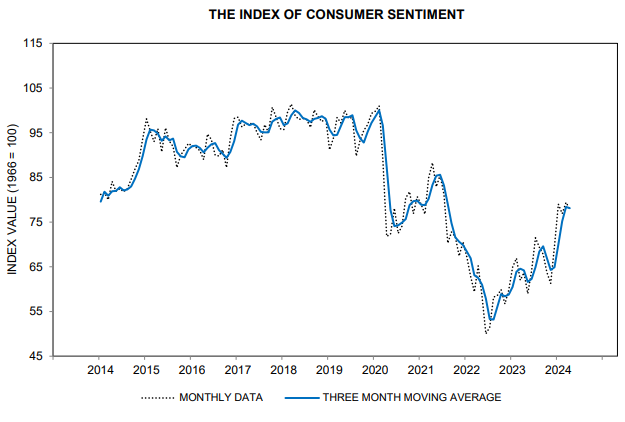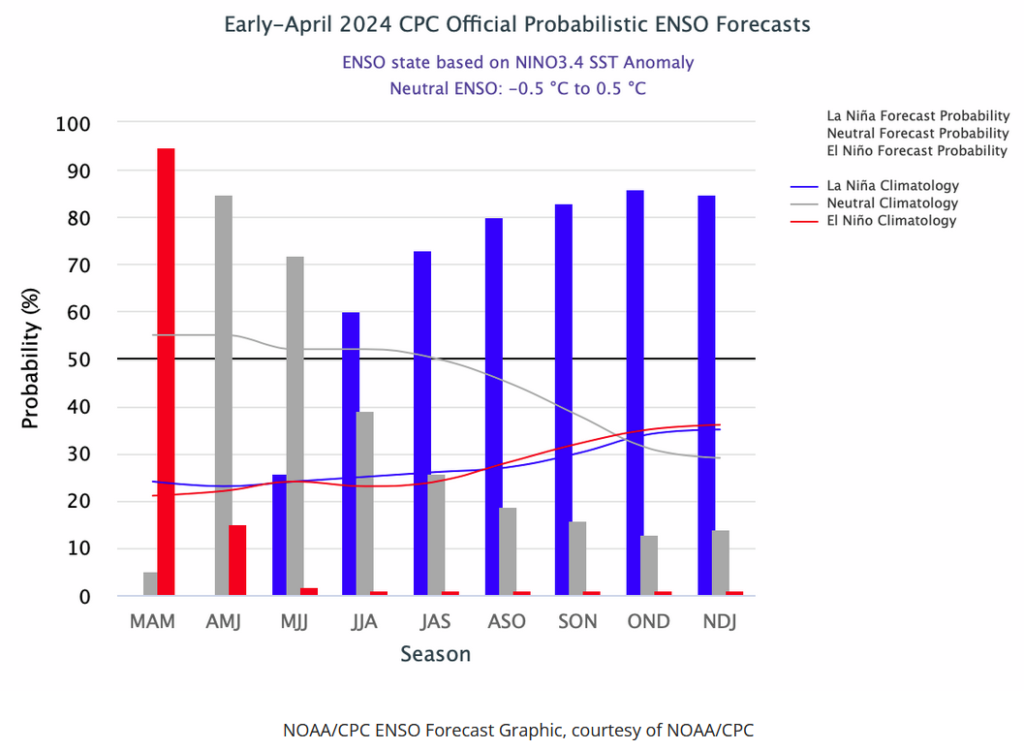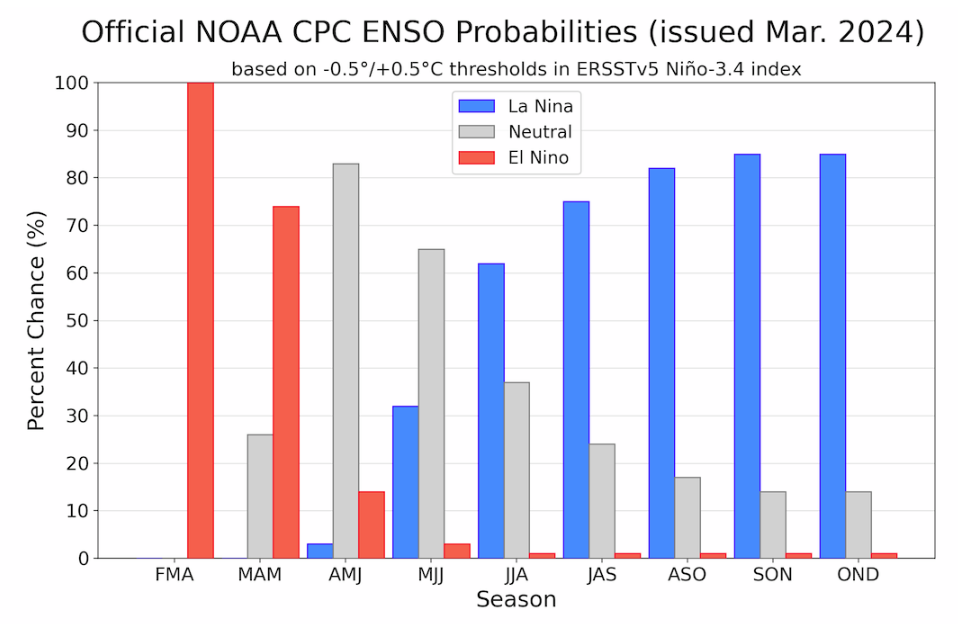Today Through the Fourth Friday (22 to 28 days) Weather Outlook for the U.S. and a Six-Day Forecast for the World: posted April 16, 2024
[Note that at the time of publication some NOAA websites seemed to not be working. The NWS text forecast is working. One can find the U.S. forecast in the international forecasts since the U.S. is part of the world.]
It is difficult to find a more comprehensive Weather Outlook anywhere else with the ability to get a local 10-day Forecast also.
This article focuses on what we are paying attention to in the next 48 to 72 hours. The article also includes weather maps for longer-term U.S. outlooks and a six-day World weather outlook which can be very useful for travelers.
First the NWS Short Range Forecast. The afternoon NWS text update can be found here but it is unlikely to have changed very much. The images in this article automatically update.
Short Range Forecast Discussion
NWS Weather Prediction Center College Park MD
Tue Apr 16 2024
Valid 12Z Tue Apr 16 2024 – 12Z Thu Apr 18 2024…Storm system to bring the threat of severe weather and isolated flash
flooding to the Mississippi Valley Tuesday and the Lower Great Lakes/Ohio
Valley on Wednesday……Moderate to locally heavy snowfall expected over the next couple of
days for the northern Rockies……Warm temperatures continue across the South and Desert Southwest,
chillier weather expected for the Upper Great Lakes and northern Rockies…A seasonably strong low pressure/frontal system over the central U.S. will
move from the Plains into the Mississippi Valley during the day Tuesday. A
sustained arc of showers and thunderstorms wrapping around the low over
the Northern Plains into the Upper Midwest this morning will continue to
progress to the northeast, with more scattered storms extending southward
through the central/southern Plains along an eastward advancing cold
front. A renewed round of storms is expected along and ahead of the cold
front Tuesday afternoon. Strong deep-layer and low-level shear along with
more than sufficient buoyancy will be available in the warm sector for
robust supercell development. The Storm Prediction Center has issued an
Enhanced Risk of Severe Weather (level 3/5) for portions of southern Iowa,
northeastern Missouri, and far western Illinois where these storms will
pose a threat for very large hail, damaging winds, and tornadoes,
including the risk for a strong tornado. A broader Slight Risk (level 2/5)
extends southward through Missouri into northern Arkansas where a more
isolated threat for storms will exist, but will still pose the threat for
all hazards. In addition to severe weather, rounds of heavy rainfall from
the more widespread storms over the Upper Midwest along with potentially
more scattered but heavier downpours with storms to the south through the
Middle Mississippi Valley will pose a threat for some isolated flash
flooding.The system will continue eastward on Wednesday into the Great Lakes region
and Ohio Valley. Similar to Tuesday, storms will likely be ongoing
overnight Tuesday into early Wednesday, especially to the north from the
Upper Midwest into the Great Lakes. Some scattered storms may also
continue along the cold front as it pushes into the Ohio Valley. A renewed
round of storm development is expected ahead of the front by Wednesday
afternoon, with a Slight Risk of severe weather in place from eastern
Indiana into southern Michigan and western Ohio for the threat of large
hail, damaging winds, and a few tornadoes. The storms are forecast to
continue overnight Wednesday into the Mid-Atlantic. Again, similar to
Tuesday, more widespread rainfall over the Great Lakes and the potential
for some more potent downpours with storms further south will pose a
threat for some isolated flash flooding.To the West, another upper-level trough/associated surface frontal system
pushing southeastward through the northern Rockies will bring the chance
for some moderate to locally heavy snow for higher elevations in the
mountains of Montana Tuesday and into Wyoming by Wednesday morning. Winter
weather-related advisories and warnings are in place for snow
accumulations generally between 6-12″, with higher amounts more likely in
Wyoming. Some lighter snow showers will also be possible along the
trailing end of the frontal system over the northern Cascades Tuesday.
Otherwise, the remainder of the country will be mostly dry. Temperatures
will tend to generally be at or above average along the southern tier of
the country with cooler temperatures along the northern tier. Forecast
highs in the 80s are expected from the Southern Plains east through the
Southeast, with 70s and 80s for California and the Central Plains east
through the Ohio Valley, and 70s in the Mid-Atlantic. The warmest
temperatures will be over the Desert Southwest as highs climb into the
90s. To the north, 50s and 60s are expected for the Pacific Northwest,
Northern Plains, and New England. Areas of the Upper Great Lakes and
northern Rockies will see the coolest temperatures, with highs mainly in
the 40s by Wednesday.


